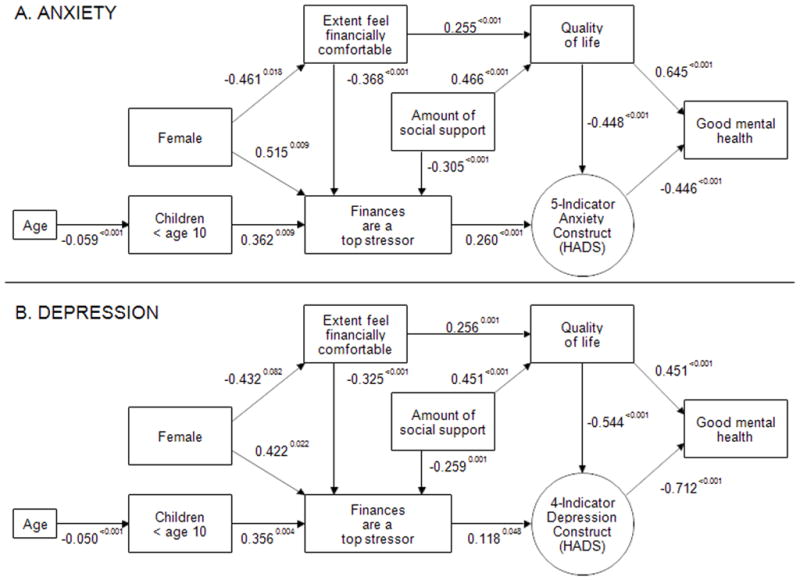Figure 1. Path Models of Hypothesized Effects of Patients’ Financial Stress and Its Precursors on Quality of Life, Anxiety and Depression Symptoms, and Global Mental Health.

(A) Based on R2 estimates, the model accounts for 22.1% of the variance in patients’ perceptions of their quality of life, 37.0% of the variance in the existence of financial stress as one of the top three stressors, 30.7% of the variance in the latent anxiety construct, and 54.1% of the variance in patients’ self-assessed mental health status. All of these values have associated p <0.001. The p-value for the χ2 test of fit of this model to the observed data = 0.0854.
(B) Based on R2 estimates, the model accounts for 21.2% of the variance in patients’ perceptions of their quality of life, 31.2% of the variance in the existence of financial stress as one of the top three stressors, 55.5% of the variance in the latent depression construct, and 52.5% of the variance in patients’ self-assessed mental health status – all having p <0.001. This model provided substantially better fit to the observed data than did the analogous model with anxiety symptoms as the mediator, having p-value for the χ2 test of fit = 0.2529.
